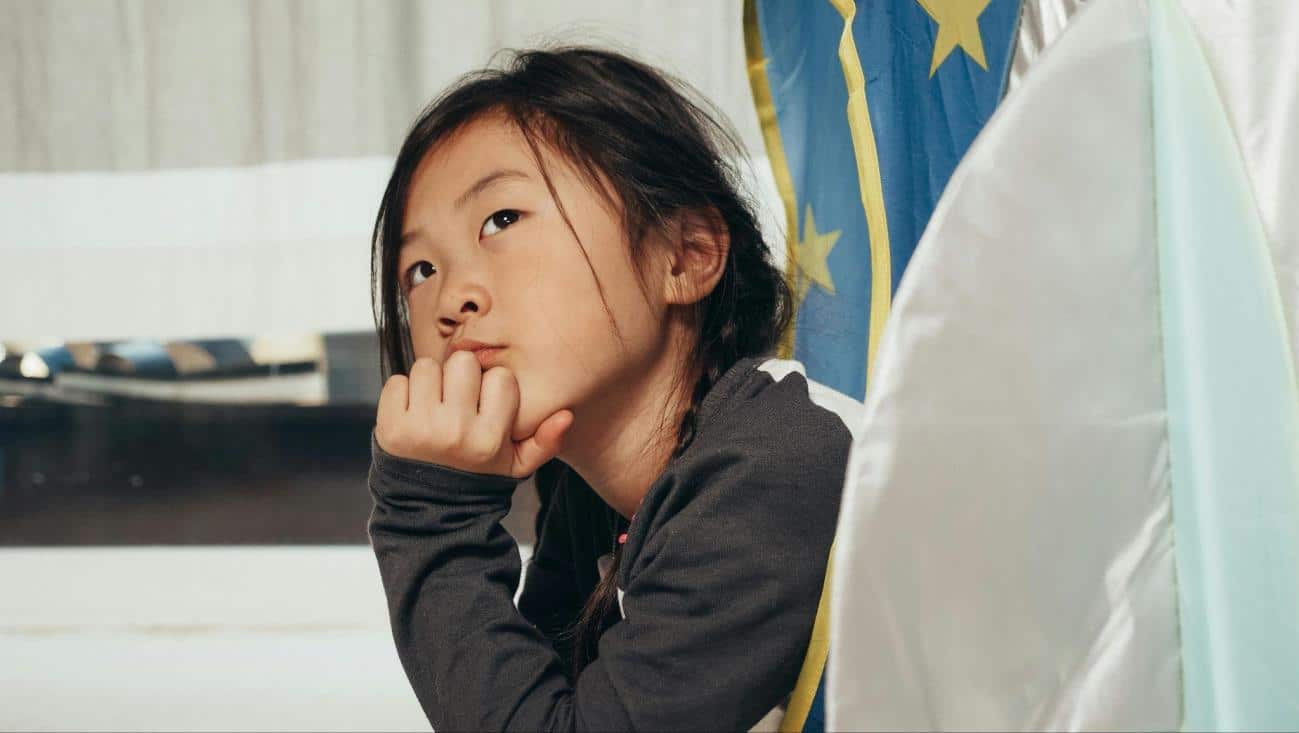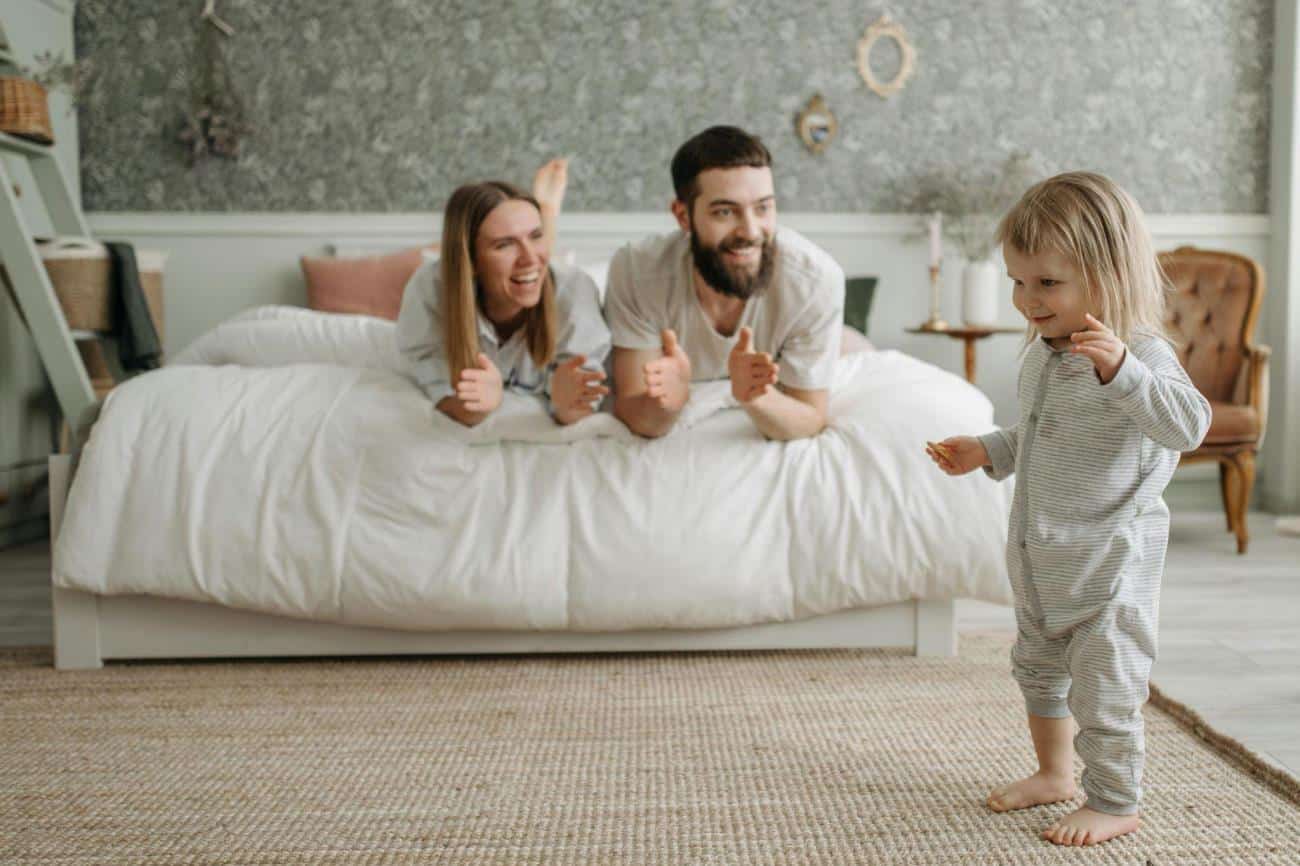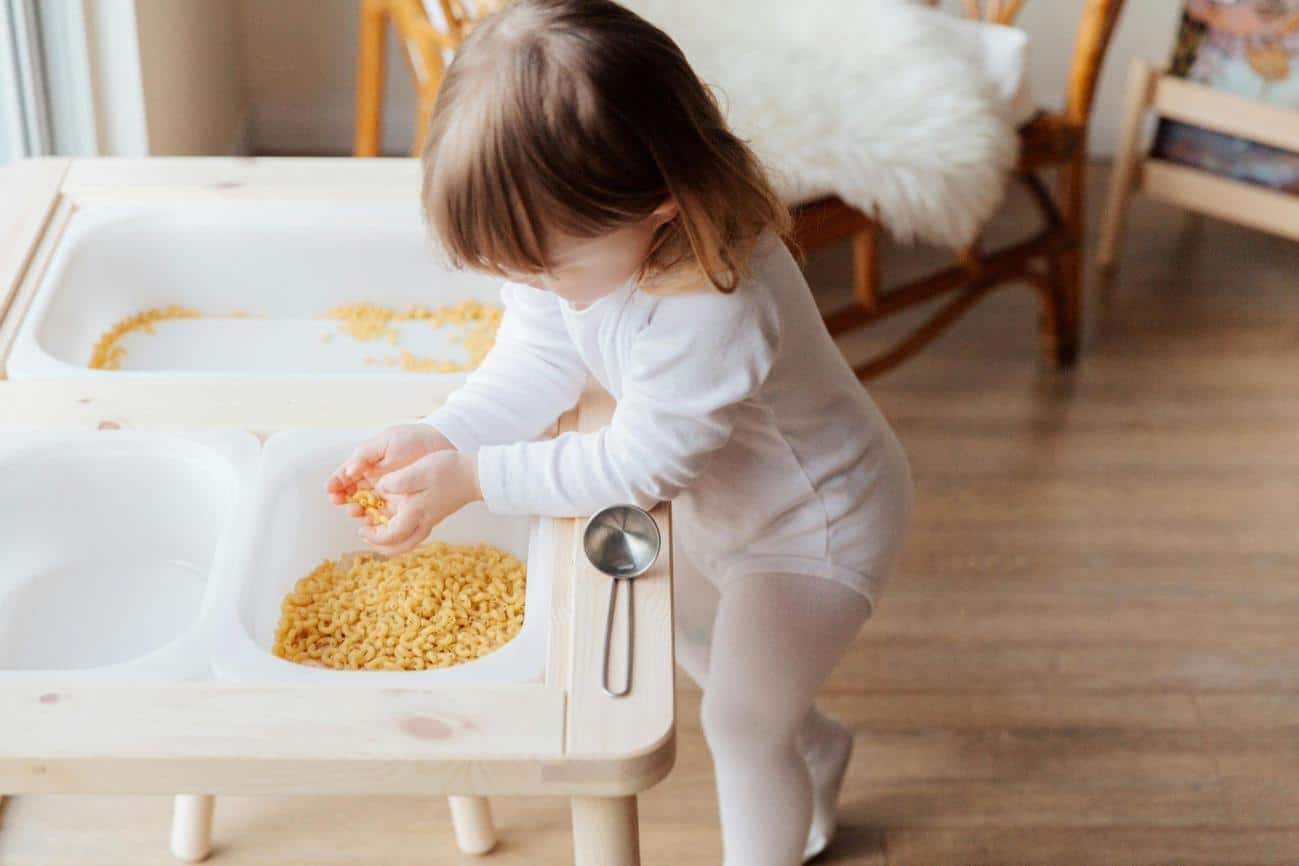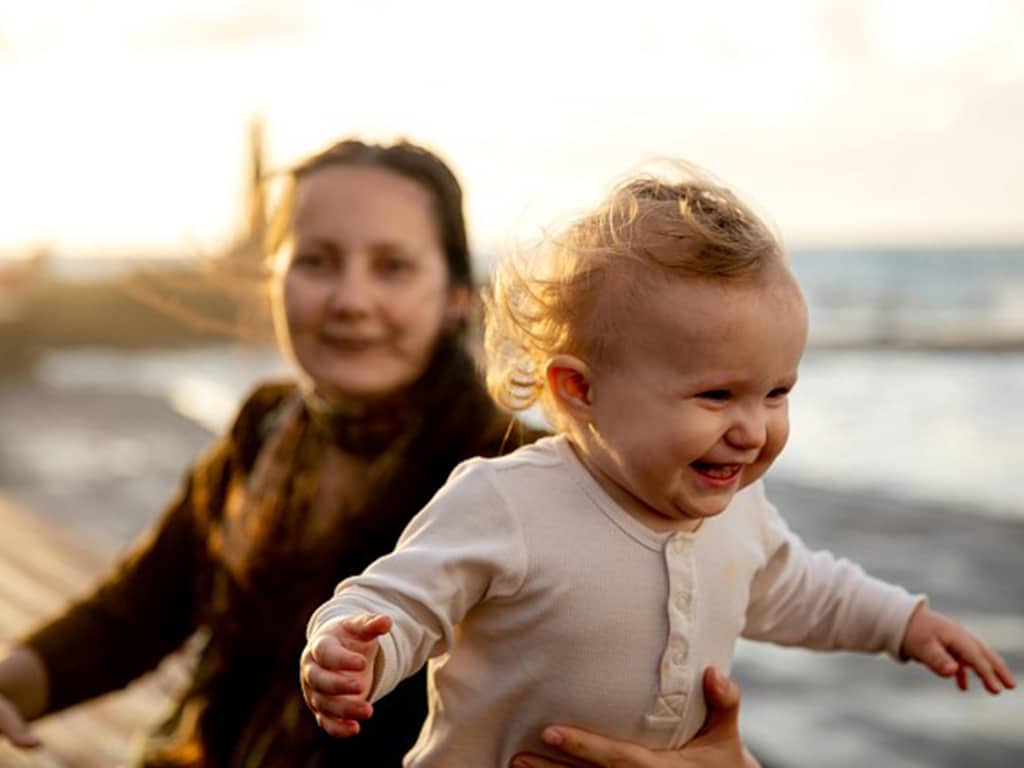
My Journey into Brain Development for Babies
When I Became a Mum, I Thought I Was Ready. Turns Out, I Had No Idea.
My baby was due soon, and I felt fully prepared. I had read countless parenting books, assembled all the right baby gear, and had a detailed plan. My baby hadn’t even arrived yet, and I was convinced I was ready. Or so I thought.
Table of Contents
Expectations vs. Reality
Looking back, I see how naive I was. That’s the thing about parenting expectations vs. reality. I hadn’t considered education a priority from day one. Like I said, I did read a few parenting books in preparation for the coming baby, but I did not look into brain development for babies. The books I was reading let me know that being there and loving my baby was the foundation and the most important thing. Easy!
A Foundation of Love… But Is It Enough?
When education crossed my mind, I assumed my baby would pick up skills through our time together, surrounded by love, and that one day, she’d go to preschool and then naturally thrive in school. But soon after my daughter was born, I realised that simply “being there” wasn’t enough. She was so curious, and I could see she wanted more.
Intentional Engagement
That’s when it dawned on me: my daughter needed more than just love and attention. She needed intentional engagement. So, I started reading up on brain development for babies and our learning journey began. I learned that at birth, a baby’s brain is roughly a quarter of the size of an adult’s. Remarkably, it doubles in size within the first year. By age 3, it reaches about 80% of its adult size, and by age 5, it’s nearly fully grown at 90%.
Starting Early
This information had me convinced that I had to I start early – so when she was barely five months old, I talked to her about everything, named objects, sang nursery rhymes, and created interesting high-contrast images to post around her changing table, that I would rotate weekly. Whether it was bath time or changing a diaper, I wanted to use our time together with purpose.
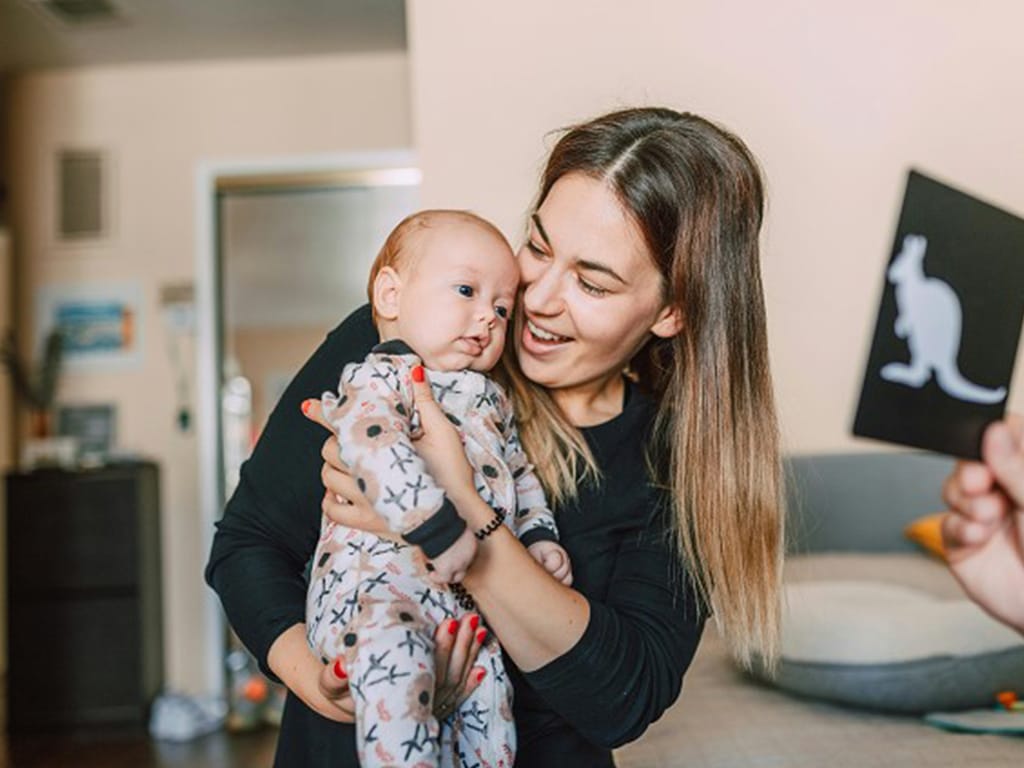
High-contrast images are ideal for babies, as their developing vision is drawn to bold patterns and stark contrasts, helping to strengthen focus and visual tracking skills in those crucial early months.
Brain Development for Babies
Looking back this is where her love for flashcards started. She thrived on this intentional input of information! By nine months, she said her first words, and by one, she was walking and already showing an interest in art. We spent hours scribbling and painting together. Each blotchy painted rock and scribbled drawing felt like a precious keepsake, and I still have a cupboard full of those memories.
Rapid Brain Growth
The growth rate of the brain when it comes to brain development for babies, happens rapidly during the early years. With an optimised amount of stimulation, your baby will thrive! I was amazed at how quickly she responded to all the input I was giving her, showing me that even at such a young age, she was taking in so much from the world around her.
Learn Through Play
Through trial and error, I discovered that using her interests to introduce new concepts showed good results. I introduced more complex flashcards, a wider vocabulary, classical music, phonics, and numbers. I was fortunate to work from home, so my days had flexibility. This was during a time when working from home was really uncommon, and it was a gift. We did have allocated “learning time” but whenever my daughter wanted to “learn,” we did! We baked together, created beaded jewellery, and I incorporated phonics and math into everything we did.
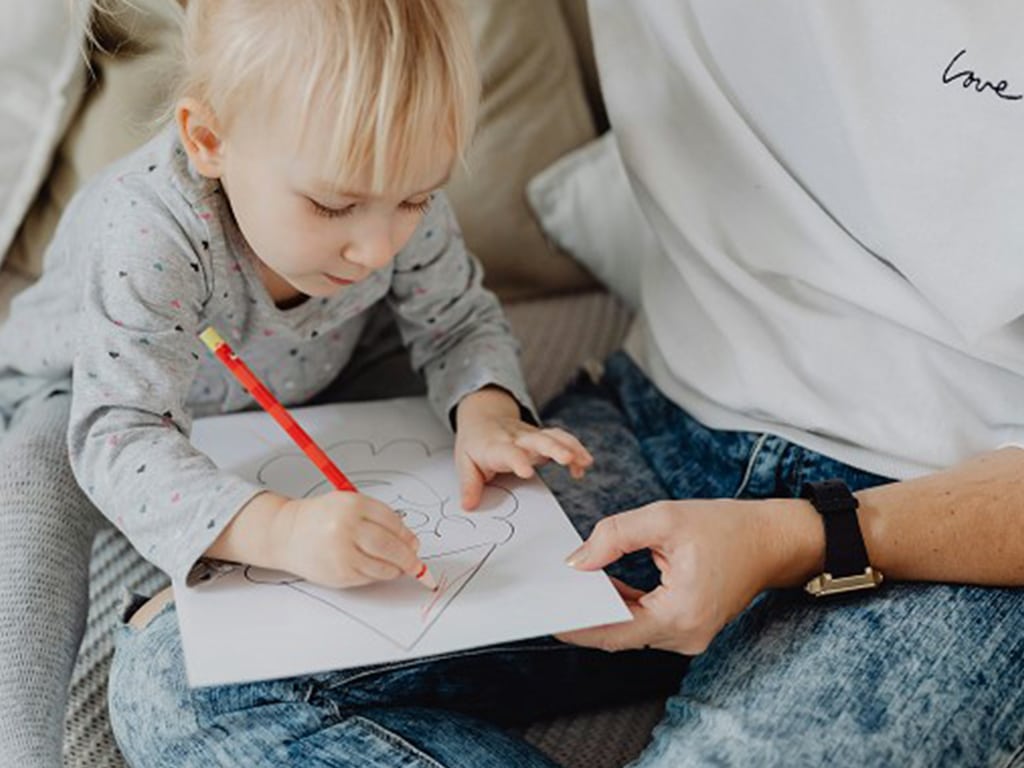
Drawing is a fantastic precursor to writing, helping kids develop fine motor skills, hand-eye coordination, and the control needed for holding a pencil and forming letters.
Early Mastery of Crucial Skills
Soon, she was building paper rockets, which evolved into elaborate 3D structures that filled our home. Then came science experiments. One of my favourite memories is of a giant bubble dome we made on our glass table. She could reach inside, without it popping and her awe-inspired whisper, “Mummy, look, it’s magic!” is something I’ll never forget!
As her interests grew, so did the complexity of our activities. I made sure to balance play with learning, blending fun with academics. She mastered time-telling, counting, pattern recognition, and memory games. Flashcards became her favoured tool to build an impressive vocabulary. It took a lot of effort to prepare engaging activities each day, and I often stayed up late, crafting games and creating flashcards. Yet, I loved every moment. My own curiosity drove me to find answers to her endless questions, and together we explored animals, nature, history, and science.
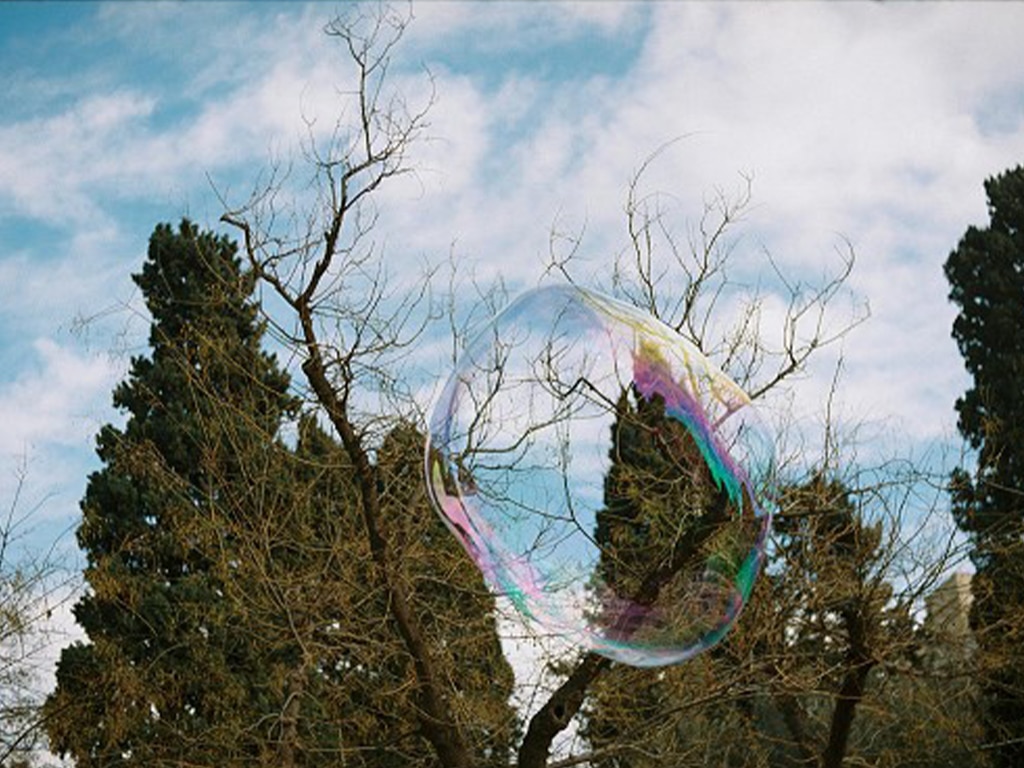
Bubbles make STEM fun! Kids learn about surface tension, chemistry, and physics while building critical thinking and problem-solving skills.
This journey began many years ago, in South Africa. My approach was untraditional, and to some, it seemed chaotic. But my daughter was thriving. However, I was burning the candle at both ends. By the time I had my second child, I was exhausted. I couldn’t keep up the same energy, and I wondered if all that effort had been worth it.
(Spoiler: it was!)
Discovering the Shichida Method
A few years later, we moved to Melbourne, Australia, where I discovered something that would change my life – the Shichida Method. A friend introduced me to it, and I was fascinated. For years, I had thought my early hands-on approach to play-guided learning was unique. Now, here was a whole-brain training method based on what I had been doing, but with the structure and balance I’d needed back then. I wasn’t alone after all. I was so inspired that I applied to work at Shichida Australia, as I wanted to be among people who shared my values.
A Method that Matches My Values
All those years, I thought I was alone in my viewpoint of raising my child in a way where we spent time with intention with targeted outcomes. I had through trial and error learned that children could grasp complex concepts at a young age, without pressure or drills. Now, I had found a name for what I had been doing all along – and realised that there were thousands of people, millions globally, following this method.
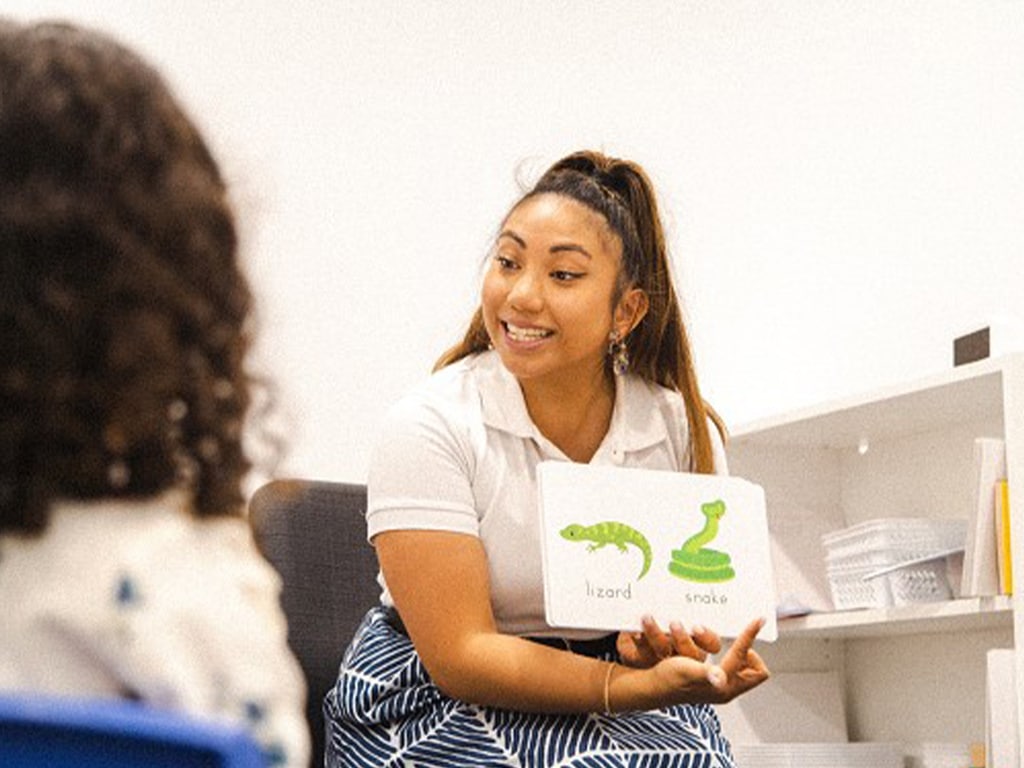
A Shichida teacher showing preschoolers flashcards during a Shichida Early Learning enrichment class.
I was so amazed by the Shichida Method that I applied to work there. The Shichida classes covered everything I had spent hours creating – mazes, sensory activities, educational songs, fine motor skill games, early math and phonics, sorting, pattern recognition, vocabulary building, memory training games, flashcards – all in just 50 minutes, once a week. Parents could then practice what they saw in class throughout the week at home. It was so simple, yet so effective.
Starting early is the best chance for your child to develop their full potential, during the period that their brain is growing the fastest. This foundation that you build with your child during the very early years will help them thrive later in their life. Your child is capable of amazing things, if you give them healthy challenges they will excel!
I couldn’t help but think how different things might have been for me if I had access to these early learning classes back then for my daughter during her baby or toddler periods of growth.
Offering Parents a Better Start
It’s such a relief to know that parents today have this option, offering their children a balanced, structured, and deeply engaging way to learn and grow – while building their parent-child bond and having fun! You can optimise brain development for babies with the right learning tools and knowledge. The Shichida Method is an excellent way of achieving amazing results for little one’s.
So why not give it a go? I’m sure you and your child will love it! Check out our centre locations in Sydney and Melbourne here. You can thank me later!
